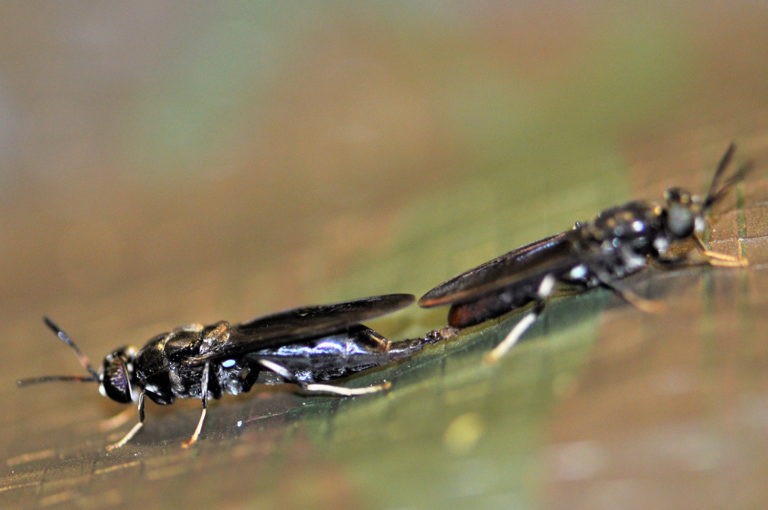
Aquafeeds
Black soldier fly larval production in a stacked production system
Study describes development and evaluation of an “all-in-one” stacked system for indoor production of black soldier fly larvae.
Health & Welfare
A discussion of the effects of excessive water iron on fish health in hatcheries that depend on well water, as well as some mitigation strategies.

Aquafeeds
Study describes development and evaluation of an “all-in-one” stacked system for indoor production of black soldier fly larvae.
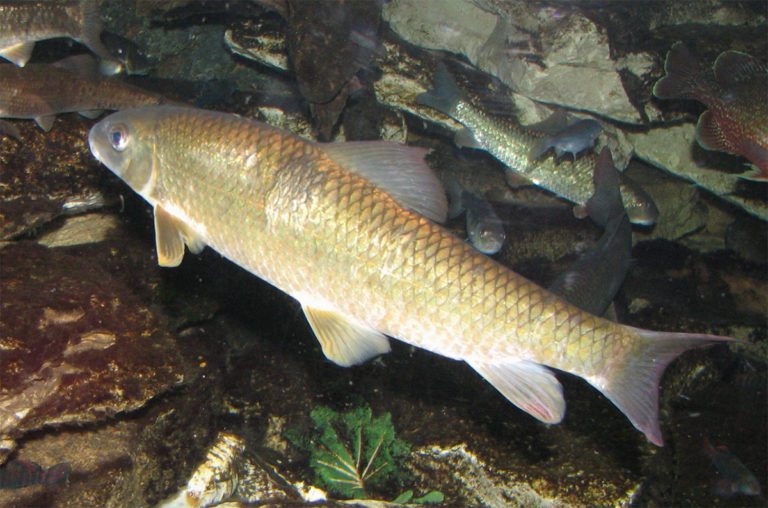
Health & Welfare
Study investigates effect methyl anthranilate added to the feed of golden shiners – an important bait fish in the United States – on bird predation.
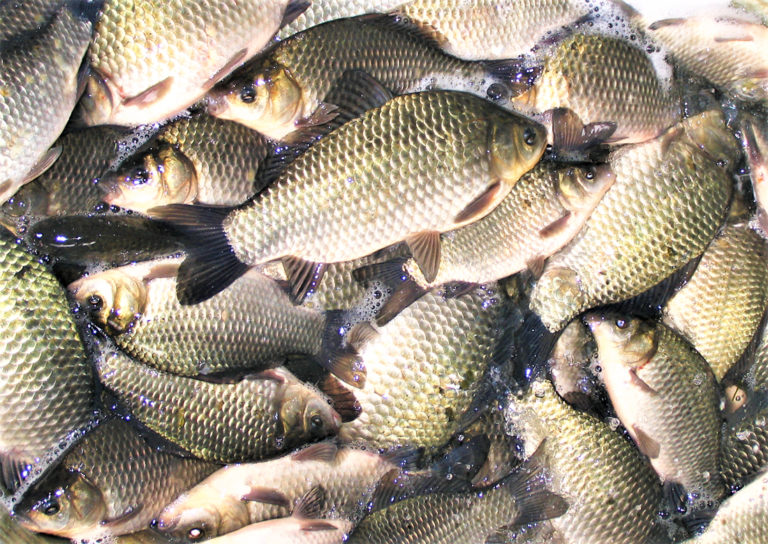
Health & Welfare
Este estudio muestra que el cese de la alimentación puede no ser la mejor estrategia para controlar la toxicidad del amoníaco en peces en sistemas acuícolas que tienen picos de amoníaco.

Health & Welfare
This study shows that cessation to feeding may not be the best strategy to manage ammonia toxicity to fish in aquaculture systems that have ammonia spikes.
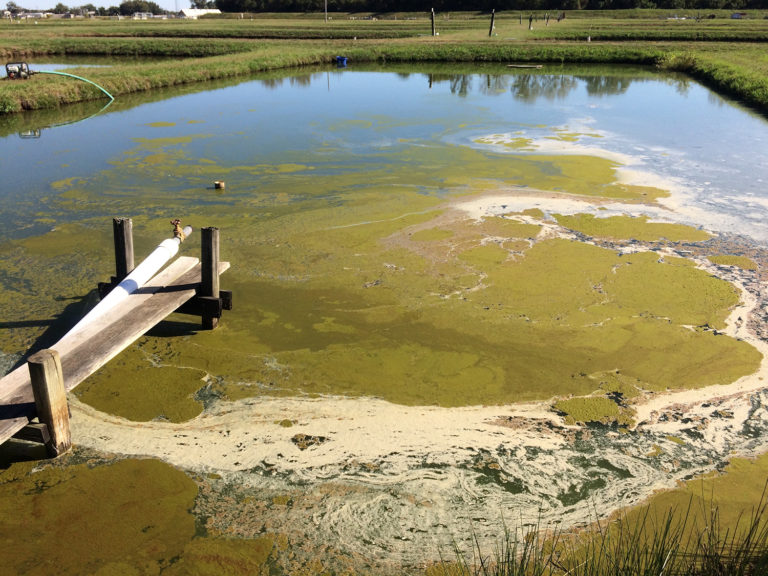
Responsibility
Results of this study demonstrated that a commercial, granular, SCP-based algaecide corresponding to 2.5 mg/L H2O2 can be recommended as an eco-friendly strategy to effectively remove populations of the cyanobacterium Planktothrix sp. without compromising water quality or other plankton communities.
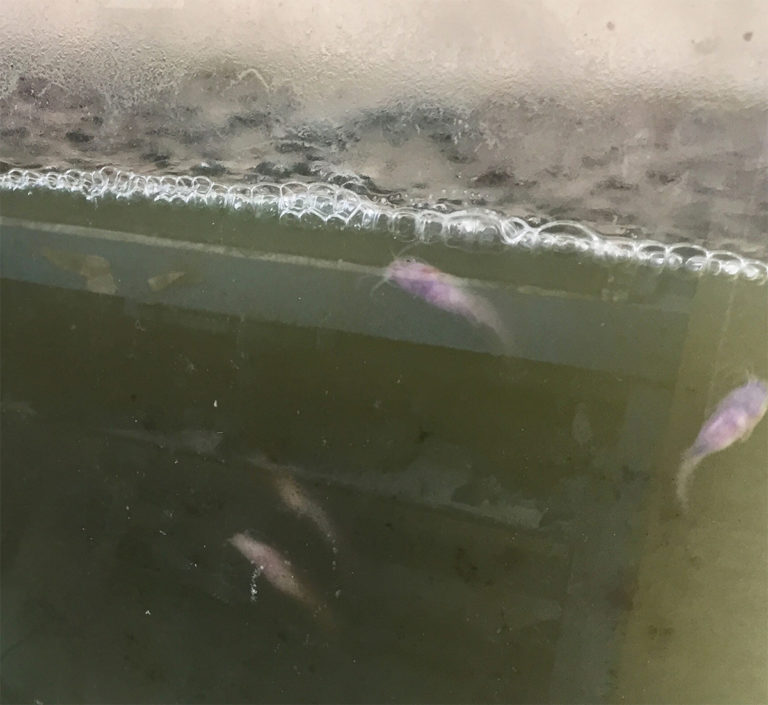
Health & Welfare
Juveniles de bagre africano carnívoro se desempeñaron bien en sistemas basados en biofloc, lo que podría ayudar a producir semillas de mejor calidad y más resistentes a las enfermedades de esta importante especie acuícola y apoyar la expansión de la industria de cultivo del bagre africano.

Health & Welfare
Juvenile carnivorous African catfish performed well in biofloc-based systems, which could help produce better quality and more disease-resistant seed of this important aquaculture species and support the expansion of African catfish farming industry.
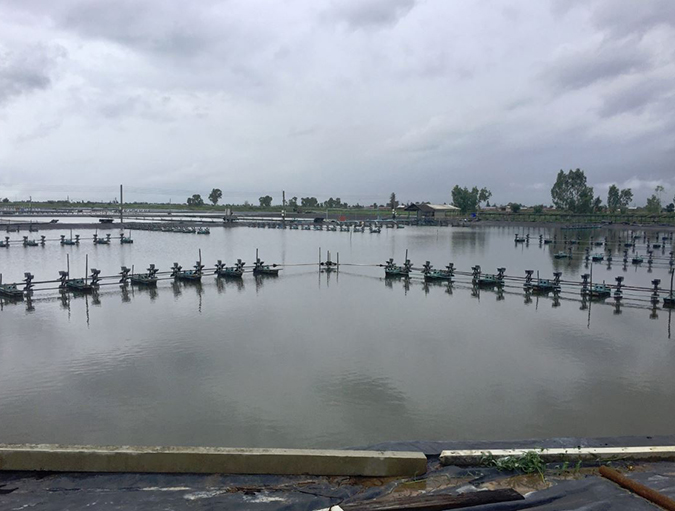
Health & Welfare
Aquamimicry simulates natural, estuarine production conditions by creating zooplankton blooms as supplemental nutrition to the cultured shrimp, and beneficial bacteria to maintain water quality. Better-quality shrimp can be produced at lower cost and in a more sustainable manner.
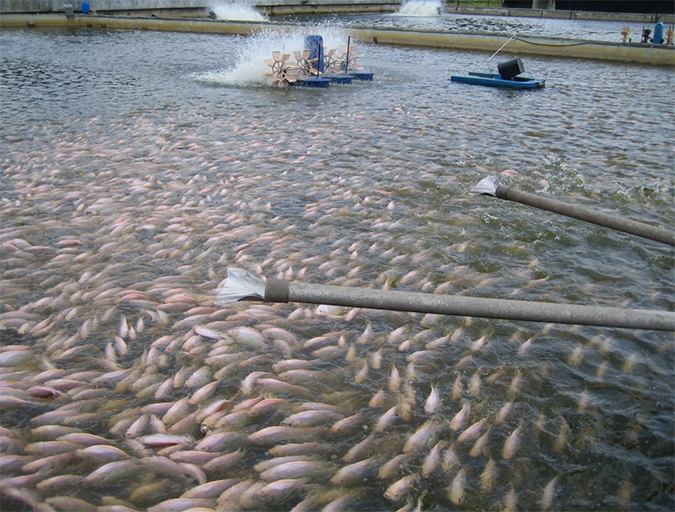
Health & Welfare
A feeding trial measured growth, nutrient utilization and faecal/gut bacterial counts in triplicate groups of red hybrid tilapia (Oreochromis sp.). Study results show that dietary organic acids can potentially replace OTC as a growth promoter and anti-microbial in tilapia feeds.
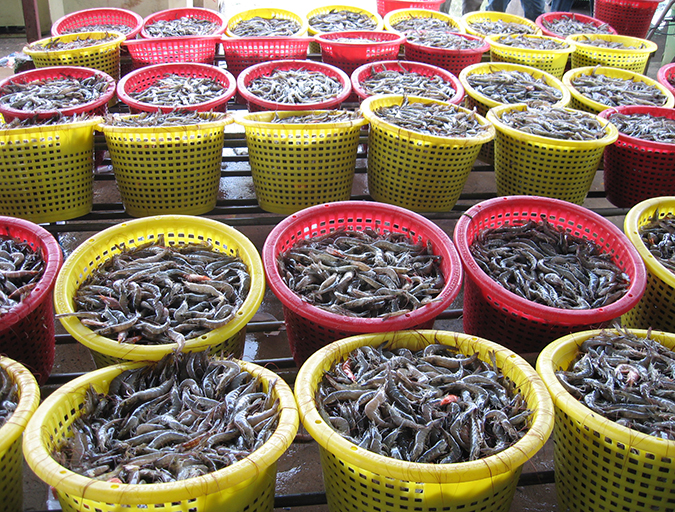
Aquafeeds
A novel blend of organic acids (OAB) microencapsulated in a lipid matrix and supplemented in the diets of Litopenaeus vannamei enhanced their growth, phosphorus utilization, resistance to Vibrio harveyi and immunity. This may have implications as an eco-friendly prophylactic strategy.
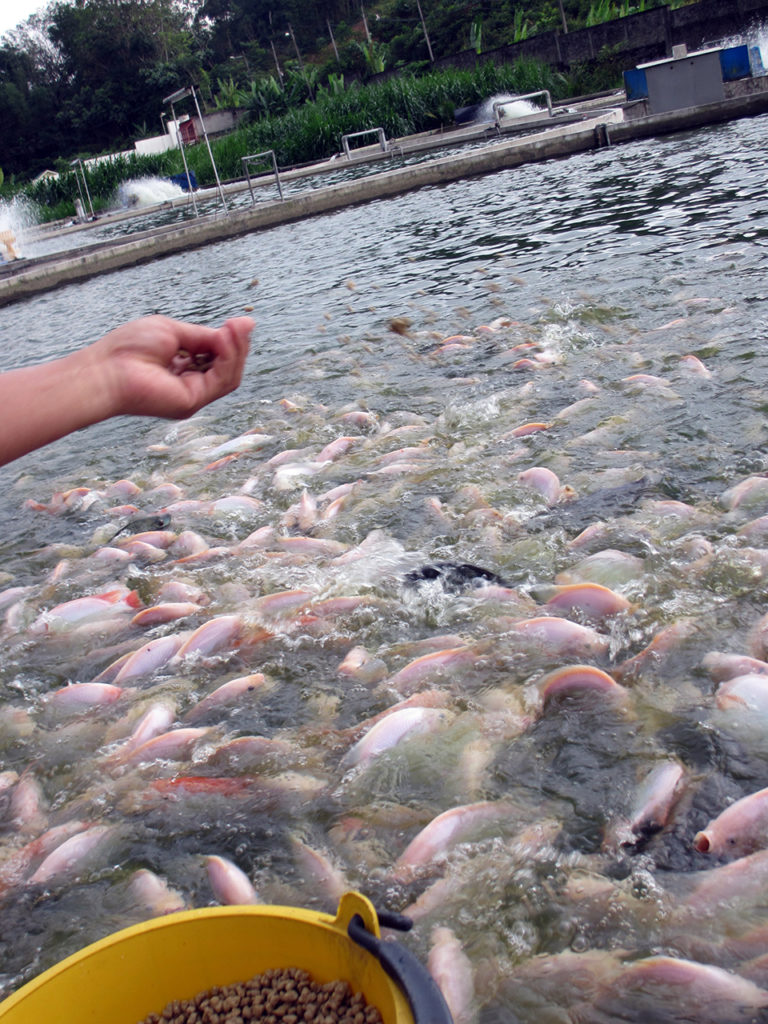
Health & Welfare
In a study, tilapia were fed fish oil- or vegetable oil-based diets for five months, then switched to a fish oil finishing diet for three months. Growth and feeding efficiencies were not significantly compromised.